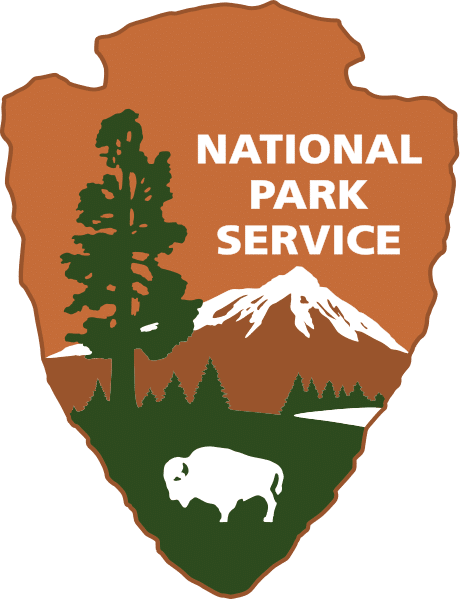National Parks to Get $44M to ‘Strengthen Climate Resilience’ – RVBusiness – Breaking RV Industry News

“Nature is one of our best tools in improving our resilience to climate change and creating a thriving sustainable economy,” said Secretary Deb Haaland. “Through President Biden’s Investing in America agenda, we are making coordinated investments to safeguard our National Park System, advance nature-based solutions in our efforts to address the climate crisis, safeguard endangered species, and ensure clean air and clean water for all.”
Through the Bipartisan Infrastructure Law and the Inflation Reduction Act, the Department is implementing more than $2 billion in investments to restore our nation’s lands and waters and advance the America the Beautiful initiative, the Biden-Harris administration’s goal to restore and conserve 30% of lands and waters by 2030.
Today’s announcement comes as President Biden visits the Grand Canyon area today. Tomorrow, Second Gentleman Douglas Emhoff and Assistant Secretary for Fish and Wildlife and Parks Shannon Estenoz will travel to Grand Teton National Park in Wyoming to mark this new investment and uplift the latest climate and conservation actions by the Biden-Harris administration.
“From providing critical care to cultural resources at risk in Alaska, to mitigating climate change impacts on coral reefs, these projects will support ongoing efforts to restore habitats, address climate change impacts, and bolster park resources for years to come,” said National Park Service Director Chuck Sams. “Many of these projects support restoration and resilience efforts in national parks located in small and rural communities, bringing much-needed investments and jobs that support the American economy while protecting and preserving our nation’s most cherished places.”
The projects announced today infuse much-needed funding to put people to work addressing critical ecosystem needs to restore healthy and resilient park lands while benefiting communities surrounding parks. Through the Bipartisan Infrastructure Law and Inflation Reduction Act, the National Park Service is working to address the impacts of the climate crisis, including intensifying drought, wildfires, flooding and legacy pollution in national parks and other public lands. Resources are making significant strategic investments to repair critical facilities and infrastructure and enhance conservation through ecosystem restoration and recreation opportunities.
The $44 million investment announced today will support 43 projects across 39 states, DC, Puerto Rico and the U.S. Virgin Islands including:
- Restoring iconic redwood forests and watersheds in the Prairie Creek watershed of Redwood National and State Parks. This project, under management by Redwoods Rising and in collaboration with California State Parks and Save the Redwoods League, will engage Tribes, youth, local university students, and agency partners to implement the project through fiscal year 2026. This partnership effort will allow iconic redwoods to return and recover in areas damaged by previous logging, restoring incredible forest ecosystems that teem with biodiversity and help sequester carbon.
- Helping prevent the extinction of Hawaiian Forest Birds by suppressing non-native and invasive mosquitoes that are the vectors of avian malaria. Increasing temperatures and altered rainfall patterns are allowing mosquitoes to disperse into higher elevations, spreading avian malaria which threatens the survival of native forest birds. This project will develop, test, ship, produce and deploy an incompatible insect technique that will suppress the population size of the mosquitoes threatening key forest bird habitats of East Maui.
- Restoring federally threatened Whitebark Pine at nine national parks in Montana, Wyoming, California and Washington. This project builds on 20 years of work at Glacier, Yellowstone and Grand Teton National Parks and will cover over 300,000 acres. Without this dedicated conservation effort, threats from plant disease, beetle infestation, changing fire regimes and climate change could cause irreversible loss of the species, as well to the ecosystem services provided by Whitebark Pine forests, including snow retention, reducing erosion, providing cover for other trees, and food for 19 wildlife species including the threatened grizzly bear.
- Restoring Sonoran Desert habitats in Saguaro National Park in Arizona by removing buffelgrass. Highly invasive and flammable, buffelgrass spreads quickly and displaces native plants.
- Restoring healthy forests and controlling invasive plant species affecting parks in Appalachia, including Mammoth Cave National Park, Chickamauga & Chattanooga National Military Park, Cumberland Gap National Historical Park, Big South Fork National River and Recreation Area and the Obed Wild and Scenic River.
The full list of fiscal year 2023 projects are available on the National Park Service’s website.
Source: https://rvbusiness.com/national-parks-to-get-44m-to-strengthen-climate-resilience/







